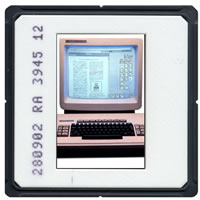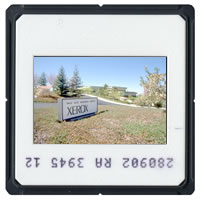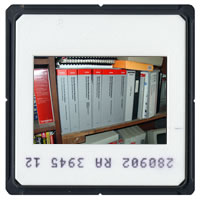Relocating Innovation: Places and material practices of future-making
Case study:
Silicon Valley
This study focuses on material practices involved in the projection of futures in relation not only to new technologies, but to the Xerox Palo Alto Research Center in Silicon Valley (now PARC).
The work of future-making at Xerox PARC includes the mapping of various 'technoscapes' (Appadurai 1997), delineated in this case within an organisation dedicated to positioning itself as central to inventing technology futures within the global imaginaries of entrepreneurial capital. Understood as material practice, this work presumes facility with a body of conventions and artefacts-in-use. The latter include the materialisation of relevant futures in a plethora of forms (e.g. prototypes, strategic plans, annual reports, and other devices of identification, promotion and accountability).
This study will explore the ways in which, in the research and development context, the purpose of such mapping exercises is less to prepare for actions to be taken than to perform certain subject/object positionings within the technoscapes that the plans both presuppose and reiterate. More often than not these are plans for a future that never comes to pass: they do their work in the present. Questions of accuracy translate as questions of adequacy, or effectiveness vis-à-vis a course of ongoing or projected action (Turnbull 1993: 41-2).
Along with the efficacy of such projections, our interest is in the micropolitics of their genesis and use in situ, as an obligatory form of local self representation. Treating the mapping of technoscapes not as an academic exercise (however valuable that might be), but as part of the embodied practices of doing research and development, we are lead to questions like the following:
- What are the politics of presences and absences in mapping technoscapes in the context of a centre like Xerox PARC, and how are they enacted?
- What is involved in making futures that are at once discriminatory (among goals and plans, targets and objectives) and also inclusive (of actual ongoing activities)?
- How do participants project themselves into place within the futures that are envisioned, both in terms of the subject positions that are explicitly made available, and those that are lived but not represented?
This case study will ask the question: What could it mean to take Xerox PARC as a particular place, without presupposing it as a unique or exceptional one? At the same time, it will examine the effects of organization members' own preoccupations with the status of PARC as exceptional; a status seen variously as a birthright, as a history, and/or as a tenuous present/future.
Researcher
Lucy Suchman, the principal investigator, is an anthropologist with longstanding experience of research and development in the area of information and communication technologies. After a twenty-year career as a researcher in a leading U.S. laboratory, the Xerox Palo Alto Research Center (PARC), she is currently engaged in a critical, theoretically informed analysis of the lived realities of 'high-tech innovation', to be published under the provisional title Reproducing the Centre: Performing Innovation at Xerox PARC.
See her personal website for more information on her research and publications.
Useful references
Appadurai, Arjun (1997) Modernity at large: cultural dimensions of globalization. Minneapolis, Minn.: University of Minnesota Press.
Escobar, Arturo (1994) Welcome to Cyberia: Notes on the anthropology of cyberculture. Current Anthropology 3.
Turnbull, David (with Watson, Helen) (1993) Maps are territories, science is an atlas: a portfolio of exhibits. Chicago: University of Chicago Press.



